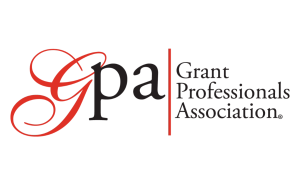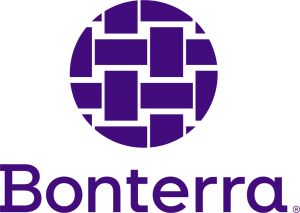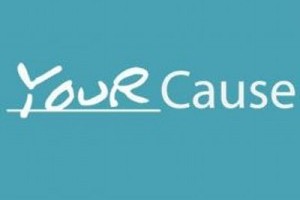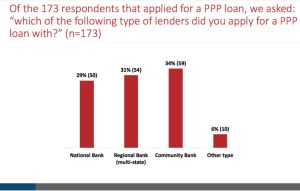Using asset-based and strength-based language when discussing communities and challenges in grant proposals has long been a best practice. Proposals that smack of condescension or “do it to them, not with them” approaches undercut an organization’s credibility and sour reviewers.
“But strength-based language is too often a technique rather than a commitment,” according to Barbara Floersch, a grants expert and author of the new book You Have a Hammer: Building Grant Proposals for Social Change. It can paint over an arrogance that excludes the input of those affected by problems and eschews community-based leadership. Nonprofit managers “have been called out to address the inequity that exists within the sector, and it’s critical to move beyond language into equity-based thinking and action,” she said.
Most grant proposals are written in response to application guidelines, and many of those instructions have been developed by foundations, corporations, and government agencies that haven’t yet embraced or haven’t yet articulated a commitment to diversity, equity, and inclusion (DEI). In spite of the widely recognized necessity of grounding the sector’s work in equity and justice, many grant guidelines don’t require applicants to address issues related to staff training or community representation and leadership within the organization’s staff and board.
“Even if the guidelines don’t ask, it’s important to describe DEI-related approaches and efforts,” said Floersch. “It’s one way your organization can cement its commitment to progress, hold itself accountable, inject commitment into strength-based language, and help move the entire sector forward.”
When responding to guidelines that don’t include DEI-related questions, Floersch suggests presenting that information within relevant sections of the proposal. When describing the organization, explain DEI-related policies and procedures, staff training, and how the staff and board reflect the composition of the community.
When describing the challenge you’ll address, explain how the community has been involved in identifying the issues and be sure the voices of community members are prominent. When describing the program, explain how those affected by the problem have been involved in identifying the best way to improve the situation, and be sure the approach is grounded in community partnership and describes the leadership roles community members will play. Be sure the evaluation is culturally relevant and will provide the community with information it finds meaningful and actionable. “Show support for DEI in the budget,” said Floersch. “It can show up in line items for board and staff training, staff recruitment, or stipends for engaged community volunteers.”
A grant proposal is more than a response to funder requirements. It represents your organization’s requirements and ethical bearings. If you haven’t yet analyzed your own organization and figured out how your DEI efforts can be strengthened, you’ll have to start there. “You can’t describe commitment and action unless that’s actually in place,” said Floersch. “If It’s not in place, get help and get moving. If it is in place, be sure it’s strong. If you’re walking the walk, lead the way, even with funders.”












